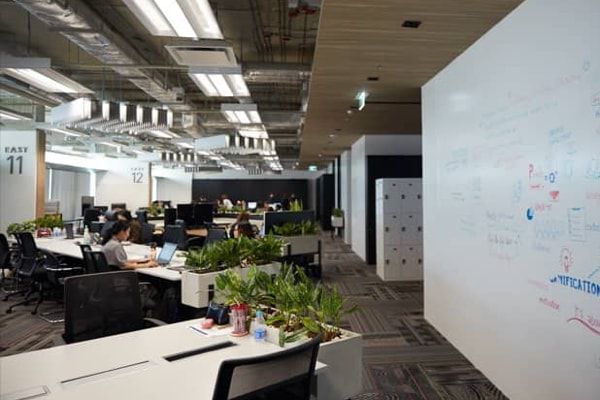Thai real estate developer Ananda Development has selected Qualtrics EmployeeXM to design and deliver a better experience for its 1,300-strong workforce in the country. The company is undergoing workplace transformation at an accelerated pace, and this constitutes a major step in that direction. Being a real estate development company, Ananda has used its own office real estate as a testbed for its innovative workplace practices.
Ananda will use the Qualtrics platform to capture and measure employee experience data —or X-data — more frequently across the entire employee lifecycle. Business leaders and HR managers are given access to X-data through personalised dashboards allowing them to view feedback in one place and create engagement plans aligning with the company’s innovation objectives.
Employee Experience
By combining X-data from Qualtrics with operational data or O-data from SAP SuccessFactors, Ananda expects to better understand the drivers behind its employee experience and how they may impact business performance. Also, bringing together X and O-data provides Ananda with a holistic view of its employee experience in order to attract, engage, and retain a world-class workforce. Ananda has, for the first time, decided to do an employee experience survey this year.
“We recognise a superior employee experience is the foundation for great customer experience, and using Qualtrics EmployeeXM and SAP SuccessFactors, Ananda is able to unlock the data we need to deliver this,” said Vanee Bijayendrayodhin, chief people officer at Ananda Development. Ananda is also focusing on candidate experience (including those who rejected offers from the company, to find out reasons behind the decision) as well as new hire experience. In a fierce fight for talent, these reports can go a long way in helping a company improve itself to better match millennial needs, according to Vanee.
“The intelligent insights captured will enable us to equip our workforce with the skills, tools, and environments required to consistently bring new and relevant innovations to market, while the expertise of the Qualtrics team and the scalability of the platform supports our growth,” Vanee said. According to her, Ananda is heading towards providing complete urban living solutions, a service that is increasingly being shaped by technology.
A Change in Mindset
Ananda has already made the transition to a modern workplace, according to Vanee. She explained: “Even our CEO does not have a dedicated office — he sits in an open space with the rest of us.” This has cut down on paperwork, according to her, and they have “put their printers so far away that nobody wants to print anything anymore.”
She said that the company is adapting well to a change in culture, and in the future the idea of going to the office itself might become outdated. Employees are becoming more technology-savvy, and a high-trust environment is necessary to bring about workplace transformation. It also has implications on salary disbursement models, as part-time employees become more common. A major challenge she foresees, especially with an ageing workforce, is re-skilling to keep up with changes in job scopes. Even the term “employee” is subject to revision, as “co-workers” will more accurately reflect the changes in status that the gig economy brings.
Foo Mao Gen, head of Southeast Asia at Qualtrics, said businesses across Asia are increasingly realising employee experience is critical to business success, from boosting loyalty and productivity through to attracting and retaining employees, and such shift in mindset requires a technological shift.
The real estate industry is fundamentally changing — according to Vanee, financial motivations are no longer the primary driving factor for many young people in deciding on their housing options. They are deciding to invest in condominiums less frequently, and preferring to rent rather than buy outright. Ananda is not only depending on the data and numbers it acquires from employee surveys but also looking to improve some of the intangibles that these statistics miss out on.
















